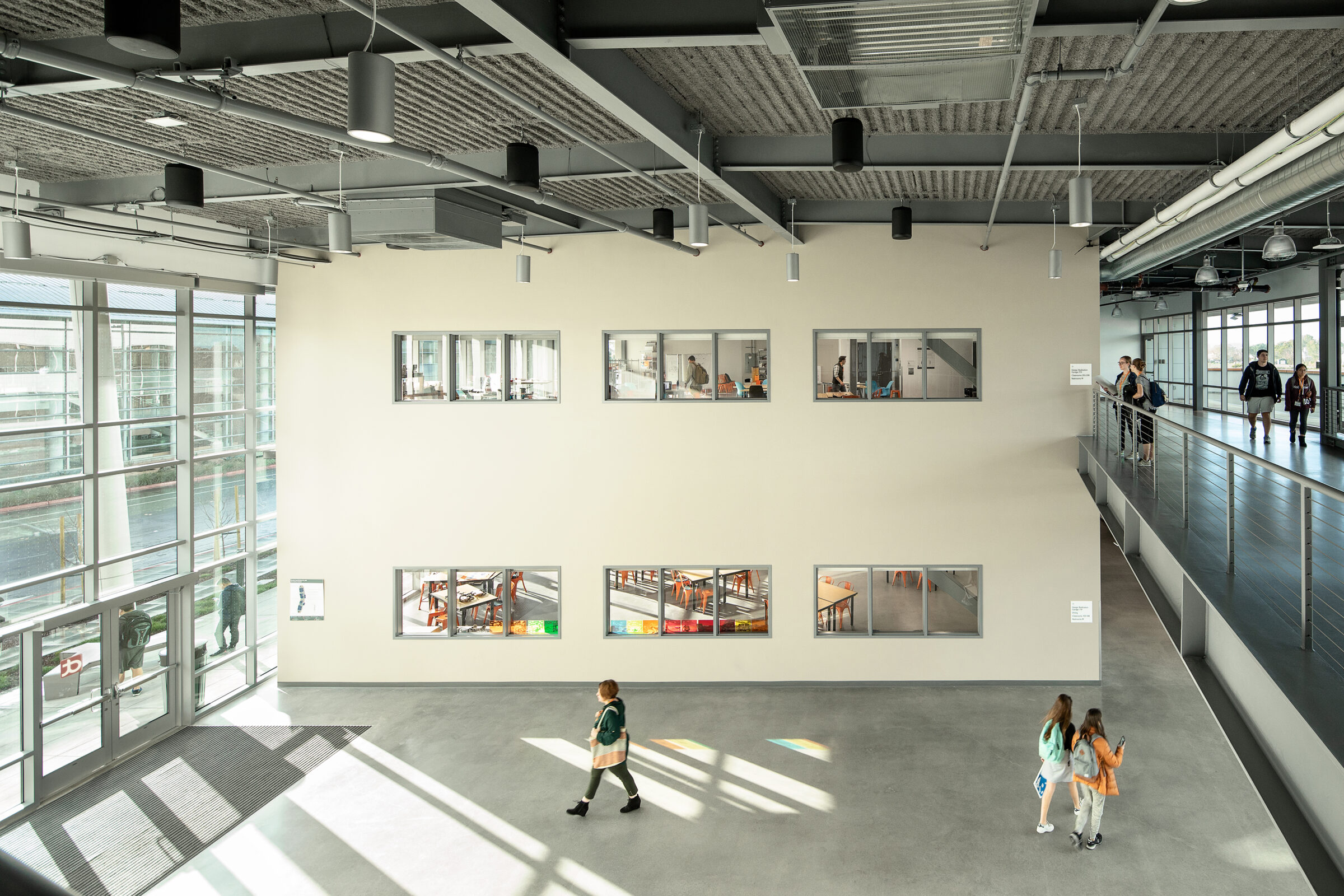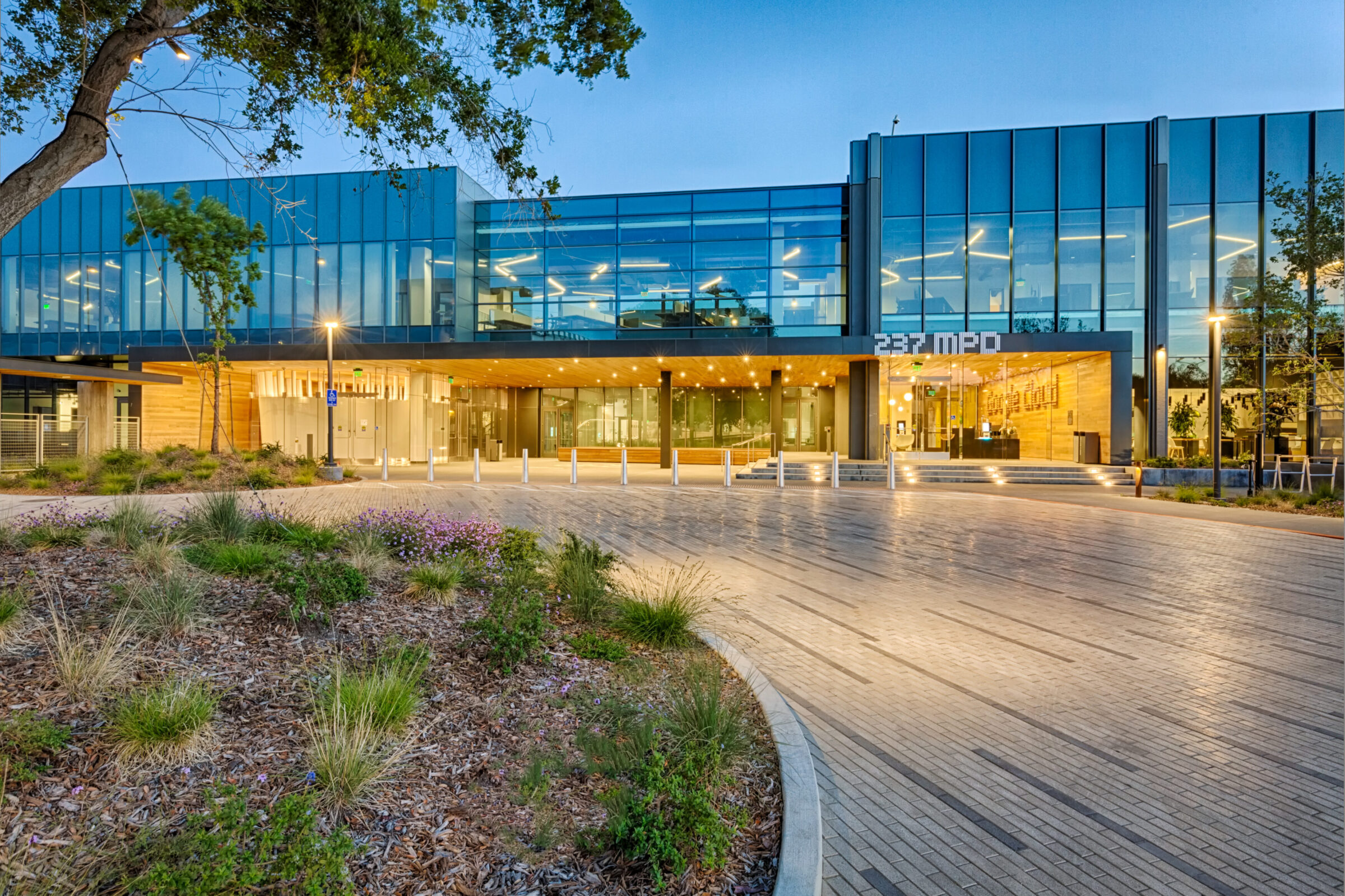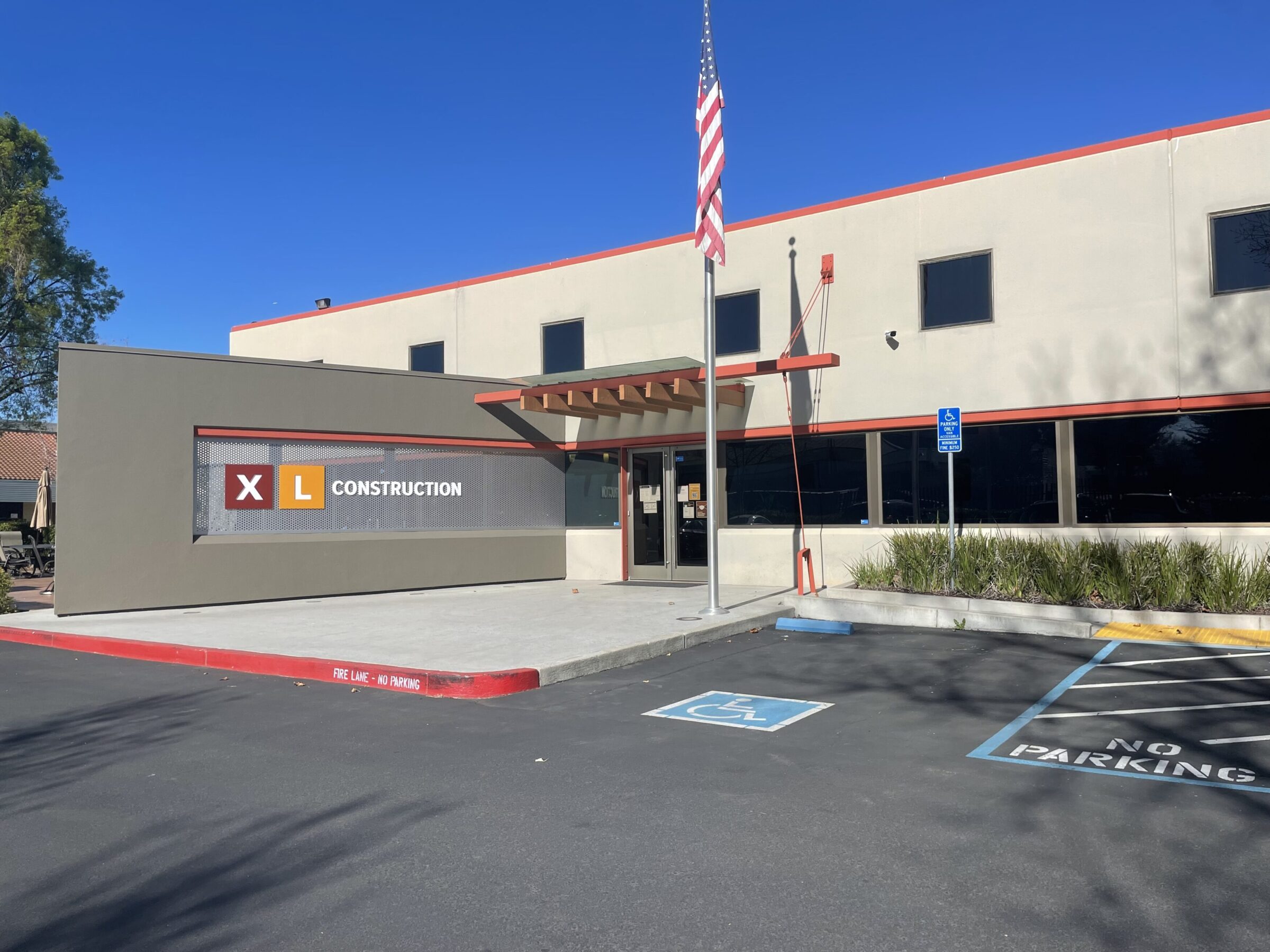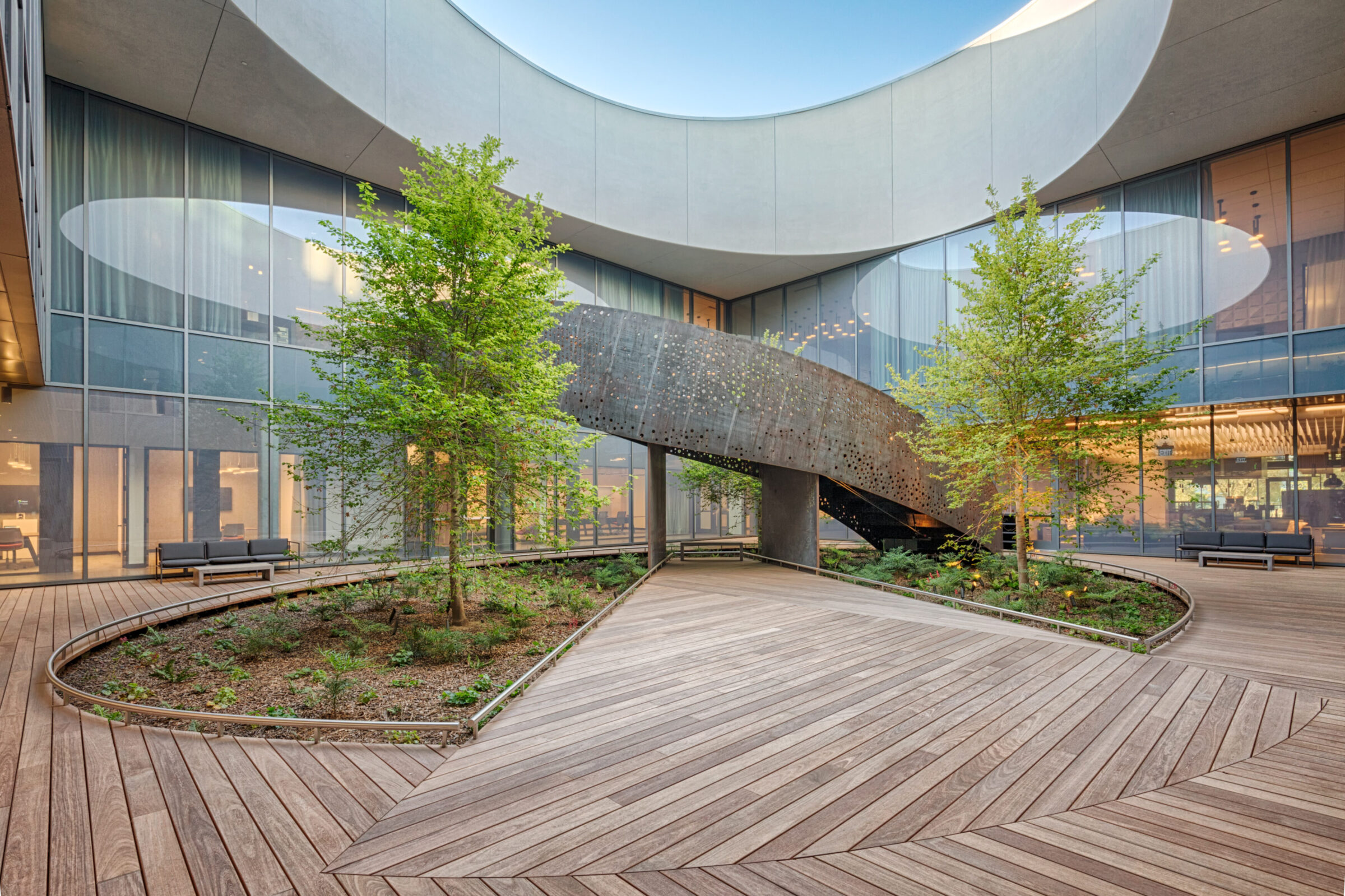Cost of Ending California's Homeless Crisis: $100B
Report says state needs to build 112,000 housing units for homeless by 2035.

A new report estimates for the first time the cost of eliminating homelessness in California by 2035—it says the state must spend about $8B a year for at least a dozen years, a total of $100B—an estimate the groups who backed the study say is doable for a state with California’s resources.
According to the study from the California Housing Partnership and the Corporation for Supportive Housing, state and federal spending on homelessness in the Golden State will average $1.2B in coming years.
This leaves a gap of $6.9B a year in needed spending, primarily for housing, which sounds like a very large number—until you remember that if California were a country, it would have the sixth-largest global economy.
The housing for the homeless advocates put it this way: $6.9B is the equivalent of about 2.5% of California’s annual state budget. Not pocket change, but something the state could accomplish if it makes the commitment.
The key takeaway from this report is that homelessness is solvable,
said Debbie Thiele, managing director, western region of the Corporation for Supportive Housing, a nationwide group that supports housing for the homeless, at a media briefing on the report.
The report estimates that California needs to create housing for 225K homeless households in the next 12 years, in addition to what is already budgeted.
The report recommends that the state build thousands of units of new low-income housing, subsidize rents for homeless families in existing private apartments and provide permanent supportive housing where unhoused people with disabilities can access counseling, medical care and other services.
As we’ve said before in this space: the future always arrives first in California, the good and the bad. Fortunately for the Golden State, the nation’s most-populous state also is its most innovative.
An innovative solution for homelessness is being put to the test in Northern California, where a community-focused campus of modular units will transition homeless families and individuals into housing when it opens early next year in Redwood City, CA.
Architect Charles F. Bioszies, FAIA, is designing a community encompassing 240 units of private, independent housing—Bioszies calls it “step1housing”—a modular “navigation center” for the homeless that is being developed on a vacant lot owned by San Mateo County with $55M in funding from the state’s Homekey 2.0 program.
This idea is novel, but not experimental,
said Bloszies, in a statement.
It stems from listening to unhoused people themselves and the social service providers who have devoted their careers to taking on one of society’s most intractable problems: homelessness.
The idea is to create “short-term, dignified environments where community members can be housed and supported with a range of critical services,” the architect said.
The compact campus employs modular units to create individual sleeping units, most with private bathrooms, connected to other residents by shared services and community spaces. Instead of the congregate dorm-style shelters found in many US cities, this approach gives each resident a private, lockable, conditioned sleeping space.
According Bioszies, metrics from studies by social service groups, including Menlo Park-based LifeMoves—the operator of the new modular facilities—shows average resident stays of three to six months in these supportive settings, a positive result.
The Redwood project is being developed and managed by the San Mateo County Project Development Unit (PDU) under a design-build contract employed for all construction undertaken by the county. The general contractor is XL Construction of Milpitas. At the opening of the first modular campus designed by Bioszies, a 100-unit project in Mountain View, Gov. Gavin Newsom hailed the pre-fab communities as a viable component of a solution to homelessness.
This exactly is the kind of project that needs to be replicated, using modular prefabricated buildings that can be stood up at blazing fast speeds and at a fraction of the cost of normal housing,
Newsom said, as reported by the San Jose Mercury News.
According to Bloszies, the modular campuses take about six months to build, at a per-unit cost significantly lower than that for conventional construction.
Source: Globest.com
Keep up to date with our latest news and industry insights.





